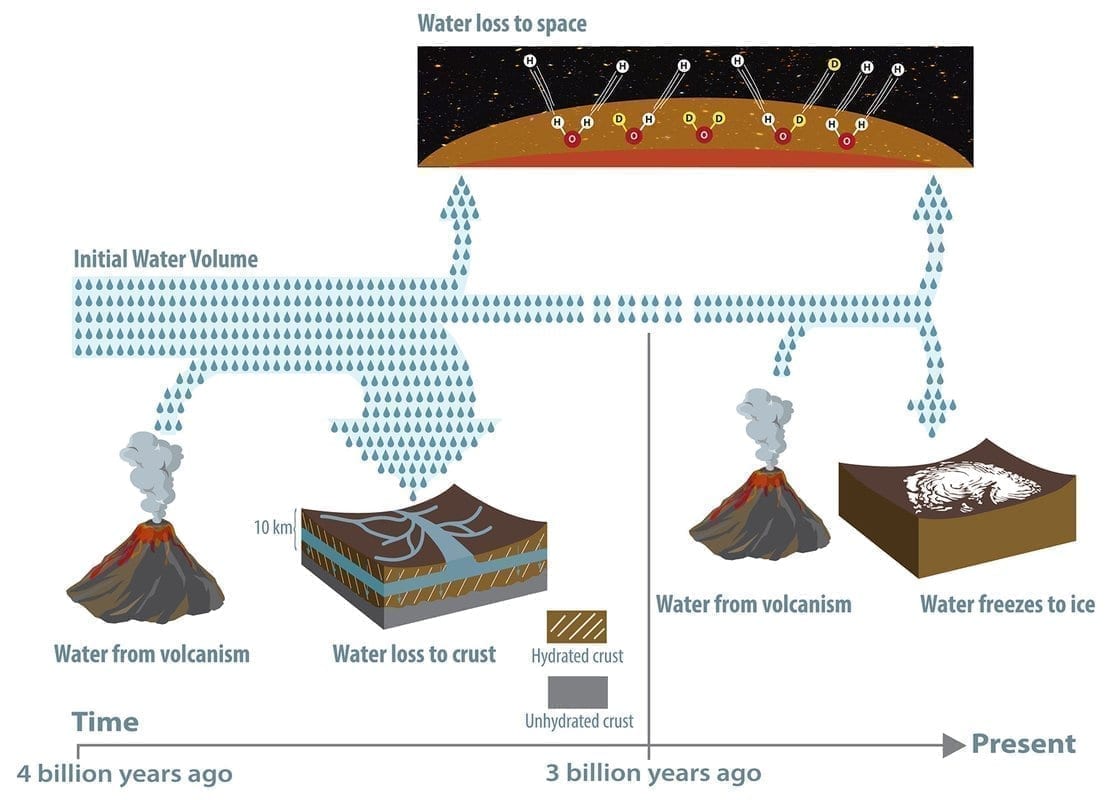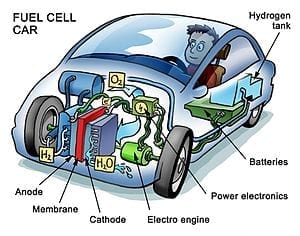
Mars has always been Shangri-La for space buffs. Two new private missions show that its lure is as strong as ever
ON JULY 20th 1969, when Neil Armstrong and Buzz Aldrin set foot on the Moon, it capped half a century of extraordinary progress in aviation. In the six and a half decades since the Wright brothers’ Flyer had staggered into the air near Kitty Hawk, North Carolina, aeroplanes had shrunk the world, revolutionised warfare and created the modern travel industry. Technical records for altitude, speed and endurance had fallen helter-skelter.
For that reason, many of those watching the two astronauts on their black-and-white televisions could have been forgiven for thinking that going to the Moon was simply the first step in a human expansion into the solar system. Indeed, that had long been the dream of the space buffs who made the Moon missions possible. Wernher von Braun, the genius who designed the Saturn V Moon rockets—and who had been planning Mars expeditions since the publication, in 1948, of his book “Das Marsprojekt”—pitched a crewed Mars mission to then-President Richard Nixon soon after Armstrong and Dr Aldrin landed.
But it was not to be. The Apollo Moon programme was shut down early, and the world’s astronauts have spent the past 41 years pootling around in low-Earth orbit. Now, though, spurred by the rise of the buccaneering, private-sector “New Space” industry, which is offering access to the cosmos at prices far lower than government-backed rockets can manage, the old dream is enjoying a resurgence. Elon Musk, whose rocket firm SpaceX already flies cargo to the International Space Station (ISS), makes no secret of his Martian ambitions. Two privately run organisations in particular—Inspiration Mars, brainchild of Dennis Tito, an American tycoon who became the world’s first space tourist in 2001, and Mars One, run by Bas Lansdorp, a Dutch entrepreneur—have announced plans to send people to Mars without relying on the resources of a state.
Mr Lansdorp admits that, on hearing about his plans, people’s first response is that he must be crazy. But both he and Mr Tito (who started his career as an engineer at the Jet Propulsion Laboratory, JPL, in Pasadena, which runs NASA’s unmanned Mars missions) insist they are serious. Technical studies have been done, astronaut applications are being processed and deals are being signed with the firms that will build the spacecraft.
Both men are motivated by frustration with government efforts, which have gone around in circles—and not orbital ones—for decades. It is the stated policy of Barack Obama’s government to send a crewed mission to Mars in the 2030s. But given the recent history of NASA as a political football (the George Bushes senior and junior both proposed similar missions that went nowhere), and given looming cuts to its budget, few think such a mission will actually happen. As Mr Tito put it when he announced Inspiration Mars: “the way we’re going, we’ll never get started.”
Can-do talk aside, there are good reasons for scepticism. Sending people to Mars will be extremely difficult; far harder than sending them to the Moon. For one thing, Mars is much farther away. The Apollo missions took three days to get there, but flight times to Mars are measured in months. That would require an utterly reliable spacecraft. The vast distance imposes a communication delay, too. Whereas the Apollo astronauts could talk to their ground-based controllers more or less in real time, Martian astronauts would face delays of up to 40 minutes between asking a question and getting an answer.
And spending months in deep space would expose a crew to a chunky dose of radiation. Information from the Curiosity rover’s flight to Mars, just published in Science, suggests a crew could expect a radiation dose close to the maximum lifetime limit for NASA’s astronauts. If the sun were to have one of its regular temper tantrums, known as coronal mass ejections, which produce huge bursts of ionising radiation, that limit might be far exceeded.
The Latest Bing News on:
Martian space flight
- Will SpaceX’s Innovation Save NASA’s Mars Mission?on May 8, 2024 at 5:14 pm
NASA's Mars Sample Return mission is grappling with escalating costs and a postponed timeline, prompting a search for more efficient methods from the private sector to ensure its execution. A critical ...
- NASA’s Plans for Next-Generation Mars Helicopters Are Up in the Airon May 8, 2024 at 9:30 am
After the spectacular success of the first-ever “Marscopter,” mission planners have soaring ambitions for follow-up flying machines ...
- C.26 Rapid Mission Design Studies for Mars Sample Return Correction and Other Documents Postedon May 6, 2024 at 11:08 am
C.26 Rapid Mission Design Studies for Mars Sample Return (RASMSR) solicits industry proposals to carry out rapid studies of mission designs and mission elements capable of delivering samples collected ...
- Boeing's Starliner launch will be the 1st astronaut flight on an Atlas V rocket. How did NASA and ULA get it ready for crews? (exclusive)on May 6, 2024 at 11:01 am
United Launch Alliance 's Atlas V rocket has been in service for two decades, carrying missions like the Mars Reconnaissance Orbiter or the OSIRIS-REx sample return mission to asteroid Bennu since ...
- NASA Administrator Bill Nelson says U.S. is in a space race to the moon with Chinaon May 6, 2024 at 7:00 am
NASA Administrator Bill Nelson told NPR he sees the U.S. in an urgent race with China to find water on the moon, and that he trusts SpaceX, despite Elon Musk's increasingly controversial profile.
- Boeing faces critical launch Monday ferrying astronauts to the International Space Stationon May 4, 2024 at 3:00 am
After years of delay that have put it behind SpaceX, Boeing is set to launch its new Starliner capsule with two crew members to the International Space Station.
- NASA Selects 24 Projects to Advance Space Exploration Technologieson May 3, 2024 at 5:25 pm
NASA has selected 24 projects from 21 organizations to receive cooperative agreement notices for dual-use technology development to advance new technologies designed to support future exploration ...
- Boeing sending first astronaut crew to space after years of delayon May 3, 2024 at 3:16 am
Boeing is poised to send the first Starliner space capsule with a crew of humans into orbit next week, giving it a long-delayed chance to score a badly needed win as it struggles to compete with Elon ...
- Mars Newson May 2, 2024 at 5:00 pm
2023 — Researchers have completed the first real-world study of Martian dust dynamics based on Ingenuity's historic first flights on the Red Planet, paving the way for future extraterrestrial ...
- SpaceX begins taking space tourism inquires for 2024 launches to orbiton April 30, 2024 at 7:57 pm
Elon Musk's rocket company is taking space tourism inquiries for flights to Earth orbit, the International Space Station, the moon and Mars.
The Latest Google Headlines on:
Martian space flight
[google_news title=”” keyword=”Martian space flight” num_posts=”10″ blurb_length=”0″ show_thumb=”left”]
The Latest Bing News on:
NASA
- NASA's Proposed Plasma Rocket Would Get Us to Mars in 2 Monthson May 8, 2024 at 2:35 pm
The space agency is investing in the development of a propulsion system that uses nuclear power to create plasma bursts.
- SpaceX Falcon 9 launch recap: Starlink mission Wednesday from NASA's Kennedy Space Centeron May 8, 2024 at 12:49 pm
Space Team live updates from Wednesday's SpaceX Starlink mission that launched a Falcon 9 rocket from NASA's Kennedy Space Center.
- NASA's TESS spacecraft resumes exoplanet hunt after recovering from glitchon May 8, 2024 at 11:00 am
NASA's planet-hunting Transiting Exoplanet Survey Satellite (TESS) is back in action, searching for worlds beyond the solar system's limits.
- Climate science mission led by University of Washington wins backing from NASAon May 7, 2024 at 5:01 pm
NASA is funding concept studies for four proposed climate science missions, including an effort led by a University of Washington researcher.
The Latest Google Headlines on:
NASA
[google_news title=”” keyword=”NASA” num_posts=”10″ blurb_length=”0″ show_thumb=”left”]










